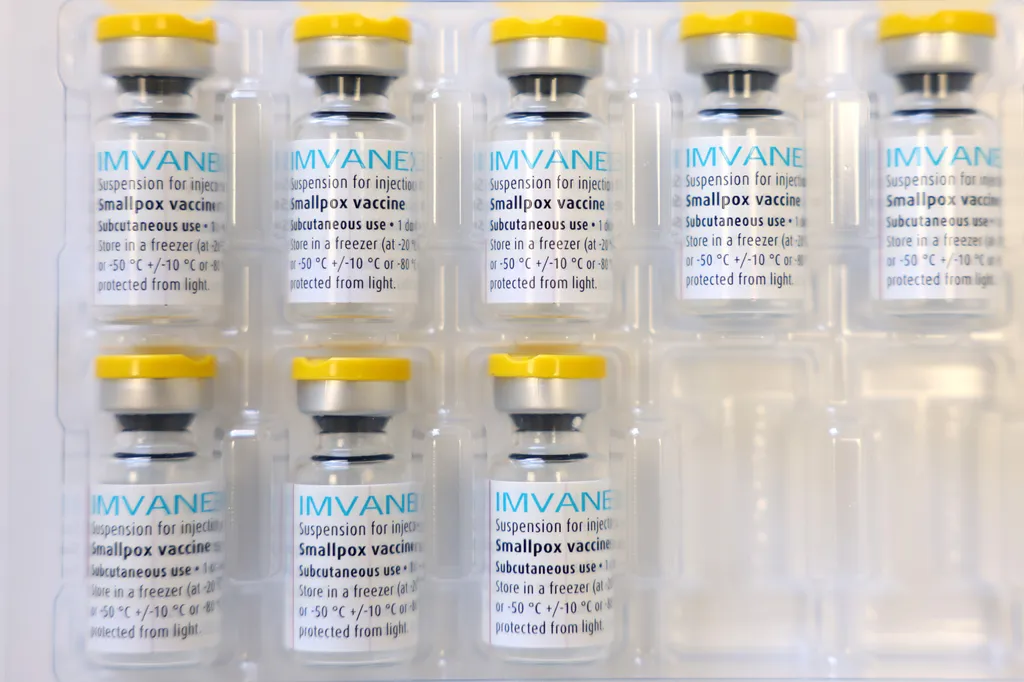In a significant stride toward combating the escalating threat of mpox, researchers have developed a groundbreaking single-dose nanoparticle vaccine that has shown remarkable efficacy in preclinical models. This innovative vaccine, dubbed DAM-NP, is a “two-in-one” formulation that combines two key antigens, M1 and A35, conjugated to a self-assembling nanoparticle. The study, led by Run-Yu Yuan of the Medical Research Institute at Guangdong Provincial People’s Hospital and the Guangdong Provincial Institute of Public Health, offers a promising solution to the urgent need for safe and effective vaccines against mpox virus (MPXV) infection.
The ongoing outbreaks of mpox, particularly the highly transmissible clade Ib and IIb lineage, have raised concerns about increased morbidity and mortality. The development of DAM-NP addresses these concerns head-on. “Our vaccine elicits robust humoral and cellular immune responses, providing complete protection against lethal vaccinia virus challenge,” Yuan explained. This means that the vaccine not only stimulates the production of antibodies but also activates immune cells, creating a dual defense mechanism against the virus.
One of the most compelling aspects of this research is the vaccine’s ability to overcome the challenge of pre-existing immunity. Many individuals have been vaccinated against smallpox using the VACV Tiantan strain, which can interfere with the efficacy of new vaccines. However, Yuan’s team found that pre-existing antibodies did not diminish the efficacy of DAM-NP. “A single dose was sufficient to prevent both morbidity and mortality following a lethal MPXV challenge,” Yuan stated, highlighting the vaccine’s potential for widespread use.
The implications of this research extend beyond immediate public health benefits. From a commercial perspective, the energy sector could see significant impacts. Mpox outbreaks can disrupt workforces, particularly in regions where the virus is prevalent. A highly effective, single-dose vaccine could mitigate these disruptions, ensuring continuity in operations and reducing economic losses. Additionally, the development of such advanced vaccines could spur investment in biotechnology and pharmaceutical sectors, fostering innovation and growth.
The study, published in Cell Reports (translated to “Cell Reports” in English), represents a significant advancement in the field of immunology. The findings not only offer hope for controlling mpox outbreaks but also pave the way for developing vaccines against other orthopoxviruses. As Yuan’s research continues to gain traction, it could shape the future of vaccine development, emphasizing the importance of innovative, multi-targeted approaches to combating infectious diseases.
In an era where global health security is paramount, the development of DAM-NP underscores the critical role of scientific research in addressing emerging threats. As the world continues to grapple with the challenges posed by infectious diseases, this breakthrough offers a beacon of hope and a testament to the power of human ingenuity in the face of adversity.

